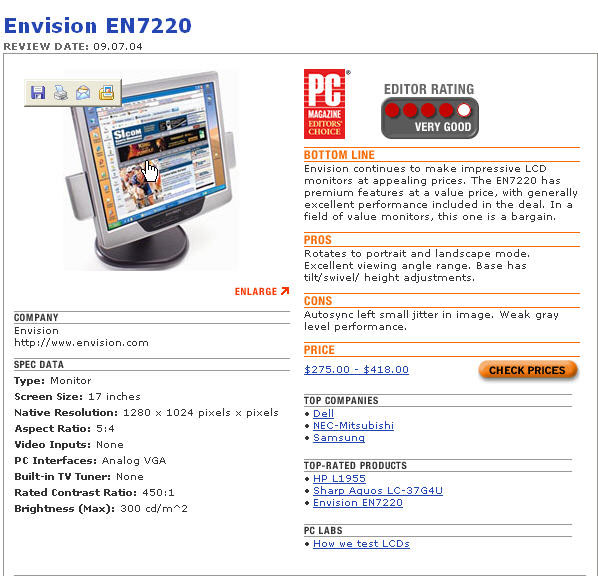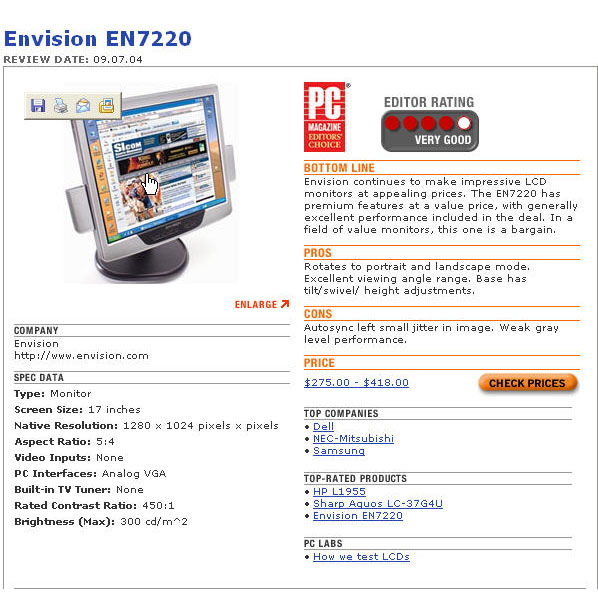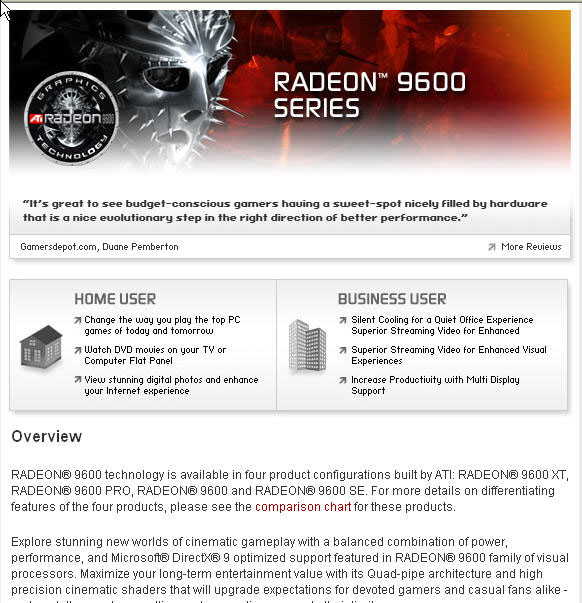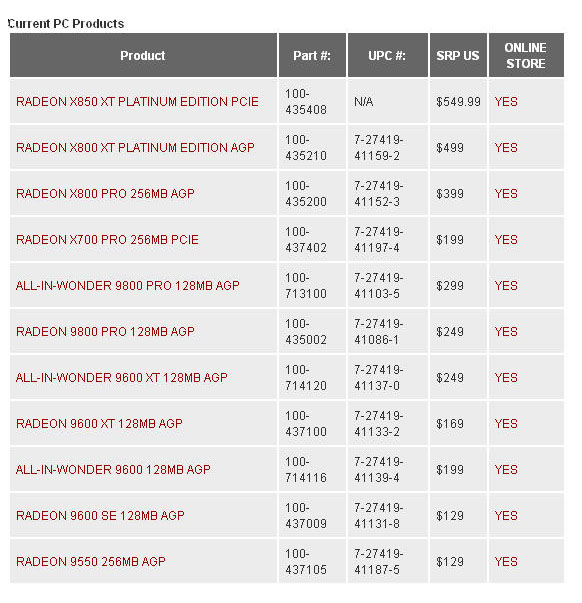HOW TO BUY AN LCD
Deciding whether to plunk your money down on an LCD or a CRT is tough enough, but if you’ve decided to "go modern" and buy an LCD, you’ve got a lot of further choices to wade through. Not all LCDs are created equal, and deciding which LCD flavor to spend your money on means that you’ve got to bone up on some more monitor information.
The screen size of LCDs range anywhere from 14" to over 30"� Widescreen LCDs with a 16:9 aspect ratio are the latest rage. The traditional aspect ratio from CRTs is 4:3, and you can still find those. However 5:4 is becoming a more common ratio. .
Seventeen-inch LCDs are the most popular these days, but 19" models, usually available for only a little more, are quickly becoming consumer favorites. Many of the widescreens provide inputs for HDTV (high-definition signals) that may or may not become a standard in TV broadcasting one day. Many of these models are, of course, expensive, but some, like the Zenith L17W36 (available in the US) are good buys.
The aspect ratio, actually, is one of the things you need to look out for, especially if you do a lot of graphics work. It seems that many LCDs marketed as having 4:3 aspect ratios are a bit skewed – meaning that the graphics cards supplying the picture are not going to render it on the screen accurately. If the graphic card thinks a picture should be 4:3 but the monitor displays it as 5:4, circles, for example, might look a bit oval (although for most uses the skew will not be noticeable). A true 4:3 aspect ratio supports a resolution of 1600×1200 or 1280×960 (the usual 1280×1024 display’s aspect ratio is 5:4). The Dell 2001FP (http://www.dell.com) is a true 4:3 model, for example.
This is why I’d buy a 5:4 aspect ratio.
Let’s take a look at the specs of PC Magazine’s most highly rated LCD Monitors.

This is a 17 inch monitor, not a 19 inch. The price is quite attractive, perhaps just $100 more than an equivalent CRT.

Note that this LCD like the first support a 25 millisecond pixel response time, which is fast enough for anyone but graphics professionals. The price on this 19 inch monitor is higher, however, far more than you’d pay for a CRT.
Let’s take a look at one more Editor’s Choice.

And a bigger picture of this beauty

Most 17" and 19" LCD monitors have a digital connector called a DVI (Digital Video Interface), as well as the typical analog RGB (HD15 SVGA) connector. DVI will allow you to connect to a digital video card, and allows signals to travel from the computer to the monitor at a far faster rate than with an HD15 connector, and at a far higher display quality.
Since DVI and digital video are going to become more widespread over the next few years, it pays to make sure your monitor can handle them (many closeouts and 14" or 15" models may not have them). Be aware, by the way, that there are a number of versions of DVI, including DVI-I (analog & digital together) , DVI-D (only the digital signal) and DVI-A (only the analog signal).
If you are a dedicated gamer or graphics professional you may want to invest in a digital card (like a Radeon 9600, http://www.ati.com/products/radeon9600/radeon9600pro ), which will let you display your digital video directly on the monitor using fast, high-quality video processing.
However, now you’ve moved beyond the range of normal computer components and into the realm of expensive entertainment accessories. Here’s a description of the digital card and its prices. 

You can instead buy a box that will connect to the analog RGB connection and convert the signals back to digital for display on your monitor: http://www.ramelectronics.net/html/DVI_monitor_cables.html .
However, putting these cables together is a bit geeky. Again, unless you want to watch DVD, television, produce art, or play games, these editions are unnecessary. In a year or so they’ll probably come with the LCD.
Caring for your LCD: Prices may have come down, but LCD monitors are still expensive. You’ll need to clean them from time to time, but stay away from the alcohol-based sprays used on CRTs; they could damage the coating of the screen. Distilled water with a little vinegar on a cloth (not paper towels) is the way to go. Also, use a light touch; too firm an application could crack the monitor’s insides (the substrate). Sounds a bit too sensitive to me.
Using a paper towel will leave small abrasions in the anti-glare coating and bezel; always apply the cleaning solution to the cloth first. Finally, wipe the cloth from corner to corner, and then side to side, from top to bottom. This will leave the most even surface.
It’s easy enough to buy a monitor of any type on-line, but because of the subtle differences in display, size, color, viewing angles etc., it’s probably a good idea to walk into a store and check out the ones you’re interested in physically. Then you can order from a most-likely- cheaper on-line store or auction site. Keep in mind, though, that just seeing the monitor on display is not enough to judge its performance, because a display monitor might not be in the best condition, have the optimum calibration, etc.
Checking out Netvision’s Net Action sales/auction site (not an endorsement, just a reference point), I came up with what looked like a number of good buys. The Fujitsu ScaleOView T17-1 is a 17" LCD with a 14 ms response time, good brightness level and built-in speakers, and was selling last week for $368. Actually the price was in shekels.
You could pay in 10 equal payments. The list price was $599.
A similar model, the NEC LCD-72VM, with a 16 ms response time – very fast – and with built-in speakers was $383 with 12 payments ($622 list price). This seemed like an exceedingly good deal.
Quality control has improved tremendously over the past few years, especially for well-known brands names, like the ones we’ve mentioned here. Better quality control means fewer dead pixels, and other than in a few well-publicized cases (in particular, a quality control problem with Apple LCD monitors), LCDs nowadays have become as dependable as other computer products.
Wherever you buy your monitor, be sure you test it out before leaving the store, though. Then when you get home you’ll be able to set up your new thin, slim monitor right away.
Without that big clunky CRT, you’ll be surprised at how big your desk really is! But am I ready to buy an LCD yet? Not quite. I’m not a gamer nor a graphics producer, watch little TV and few DVDs. I’ll wait another half year or so.
Dennis Turner

